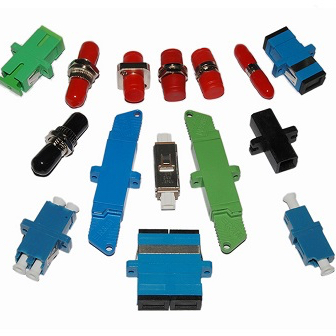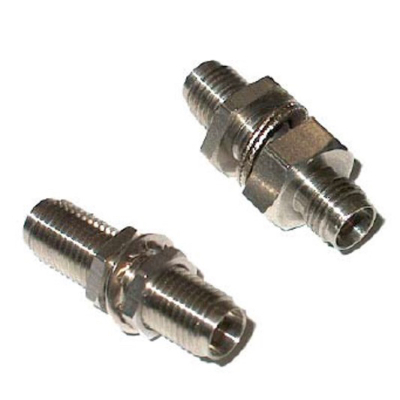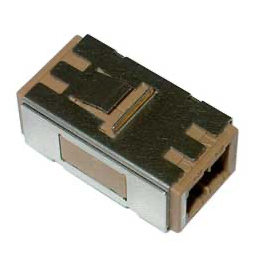Optical adapters (optical outlets) are used for detachable connection of optical fibers. Fibers terminated with connectors are connected and fixed by an optical outlet (adapter), which allows for a reliable and strong connection. Some pass-through adapters are also manufactured in a double version (so-called duplex), where a single housing combines a pair of optical adapters. The following types of pass-through adapters exist: LC adapter, FC adapter, SC adapter, ST, E2000-LSH, MT-RJ, MU, Optolock POF, DIN adapter, hybrid adapters FC to LC, LC to SC, ESCON, FDDI, LX5, SMA. These are the most commonly used types of pass-through adapters today, but in reality, there are many more. A pass-through adapter consists of two main parts: the housing and the centering sleeve, which is a ceramic ferrule. To connect connectors with different ferrule diameters (for example, LC to FC, SC to LC), two centering sleeves are used, as well as a special housing in the appropriate version. Also, to visually identify the connector with an angled end-face polish (APC), connectors for APC outlets are produced in green color. Thanks to precision guide sleeves made of zirconia ceramic, a minimum attenuation of 0.1 dB is achieved. The optical adapter is used in FTTx networks in ODF, active network equipment, and measuring instruments.











